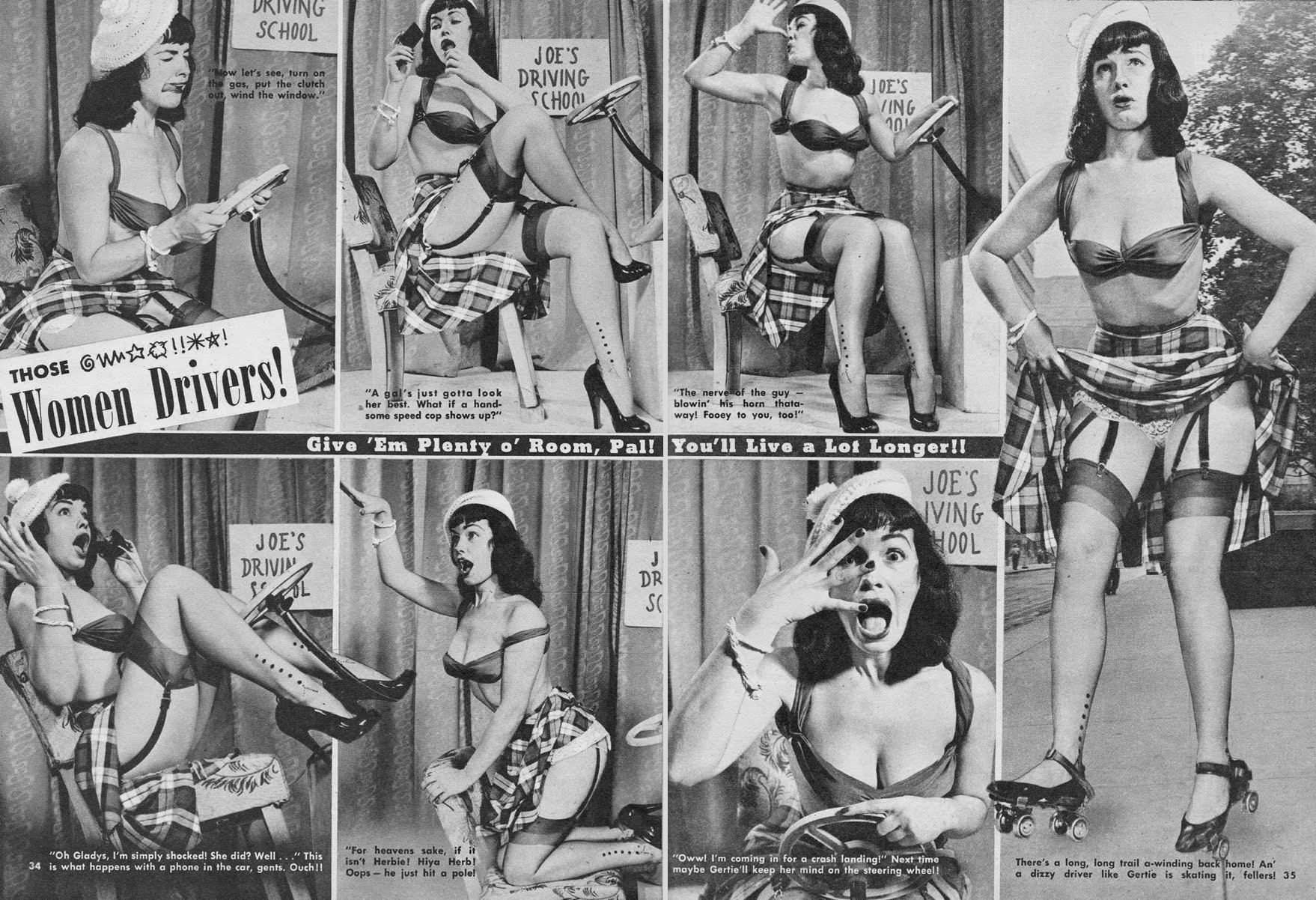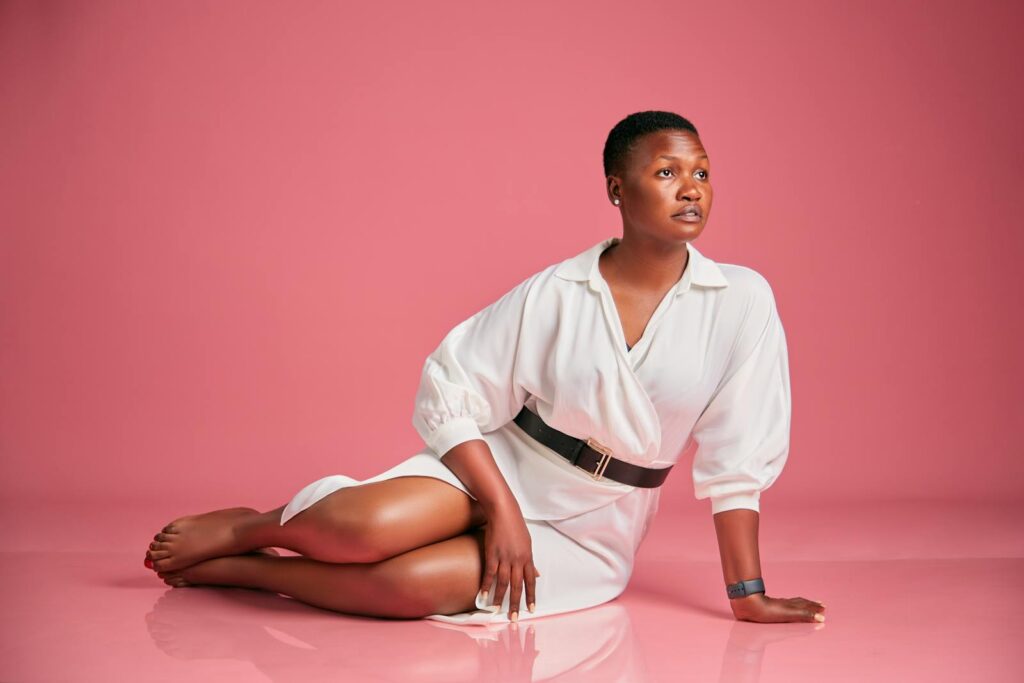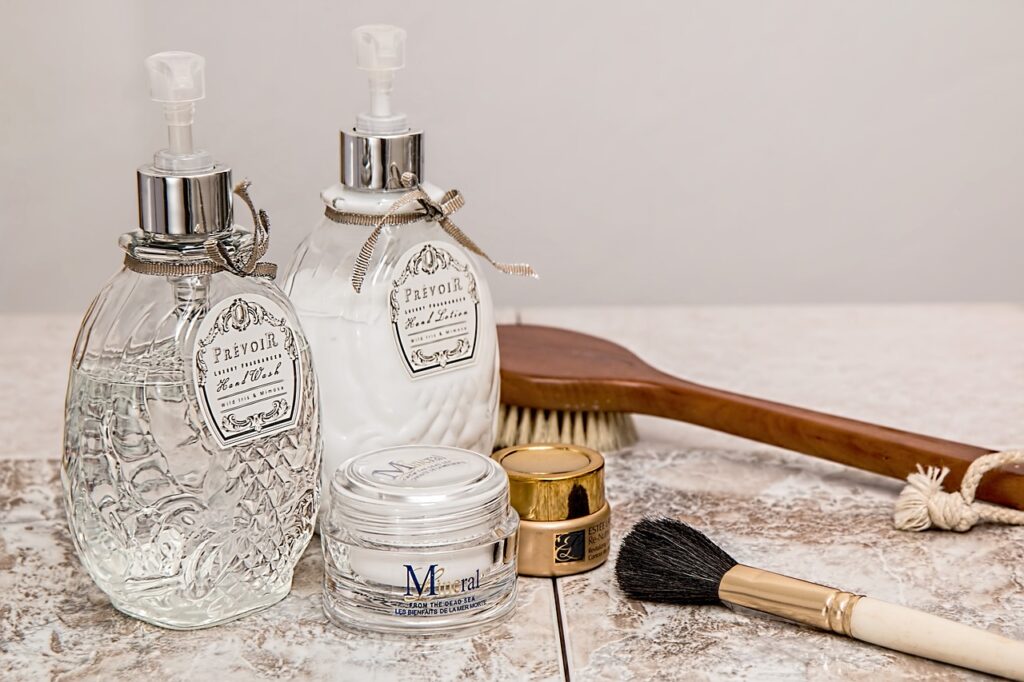The fashion industry presents a glamorous facade, where models adorn stunning outfits and collaborate with renowned designers, but beneath this surface lies a troubling reality filled with sexual harassment and exploitation.

The Prevalence of Sexual Harassment in the Fashion Industry
Sexual harassment plagues many industries, but it is particularly rampant in fashion, creating immense pressure on young women to comply with demands from powerful men in order to succeed.
These men have the power to make or break a model’s career. Sociologist Ashley Mears from Rutgers University says there are high levels of sexual harassment in the fashion industry towards female models. They have little recourse to protect themselves.
Real Stories: The Ways Sexual Harassment Manifests in the Fashion Industry
Mears conducted interviews with 50 female models across New York and London, alongside discussions with 35 agents, designers, photographers, and casting directors, revealing that sexual harassment is disturbingly commonplace, with models frequently pressured to pose nude or semi-nude.
Models often find themselves coerced into flirting with clients or photographers, and face unwanted physical advances, while some tragically encounter drugging, assault, or even rape at the hands of industry insiders.
The Role of Industry Structures in Facilitating Sexual Harassment
Mears highlights that the persistence of sexual harassment stems not just from individual misconduct but also from systemic issues within the industry, where agents and clients control job opportunities, leaving models with minimal bargaining power and legal safeguards.
Models are also constantly evaluated based on their appearance, which makes them vulnerable to exploitation. The industry wants youth, novelty, and edginess. It gives the people you work with a sense of comfort to take risks and fail, blurring the line between work and play.
According to Mears, models deal with sexual harassment in the fashion industry by rationalizing it as just part of the job. They may avoid certain situations or people. The models also seek support from other models or friends.
Despite various coping strategies, many models struggle, some ultimately leaving the industry altogether, while others endure lasting psychological harm due to their experiences.
How to Combat Sexual Harassment in the Fashion Industry
According to Mears, sexual harassment in the fashion industry can be reduced. This can be done by raising the labor market regulation and transparency. Even more so, models should have access to more information and resources.
A clear reporting system and established code of conduct are essential, while cultural norms that perpetuate abuse must be transformed to protect these vulnerable individuals.
The Future: Ending Sexual Harassment in the Fashion Industry
Mears aspires for her research to raise awareness about the challenges female models face, hoping it will ignite change not only within the fashion industry but in broader society as well, recognizing that models are not mere victims.
Models hold the potential to challenge the existing dynamics, demanding respect and dignity while consumers can advocate for ethical fashion brands and initiatives that prioritize diversity and inclusion.
Mears firmly believes that sexual harassment in the fashion industry is not a fate sealed by tradition; it is unacceptable and changeable, highlighting the industry’s power to evolve, value its workforce, and uphold its social responsibilities.
Related posts:
For female fashion models, job security and sexual harassment are often intertwined
For Female Fashion Models, Job Security and Sexual Harassment Are Often …
For Female Fashion Models, Job Security and Sexual Harassment Are Often …



